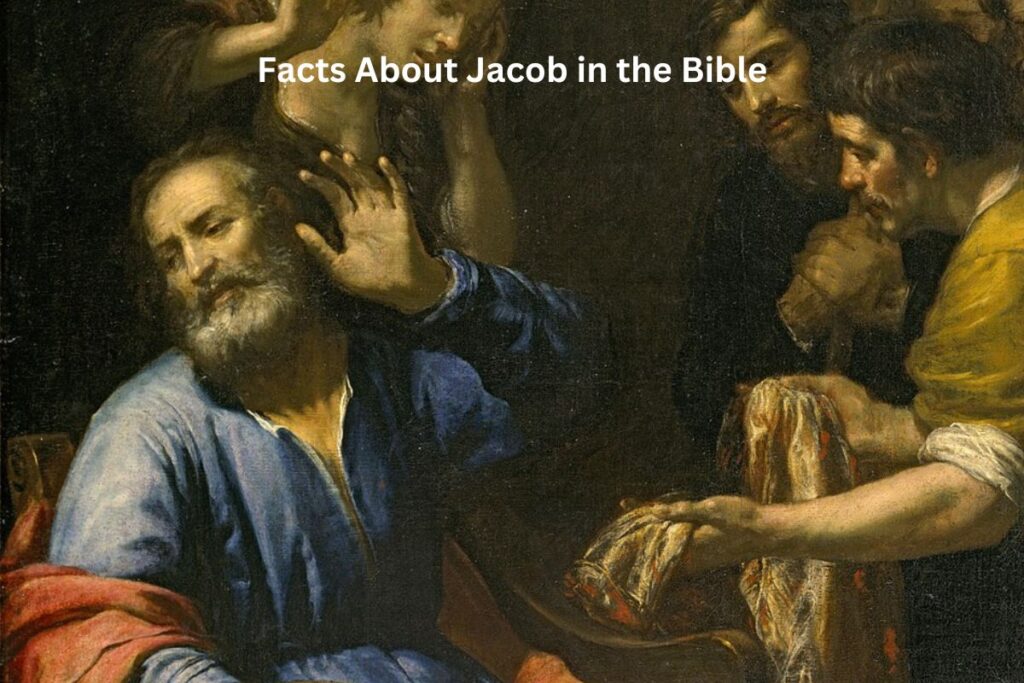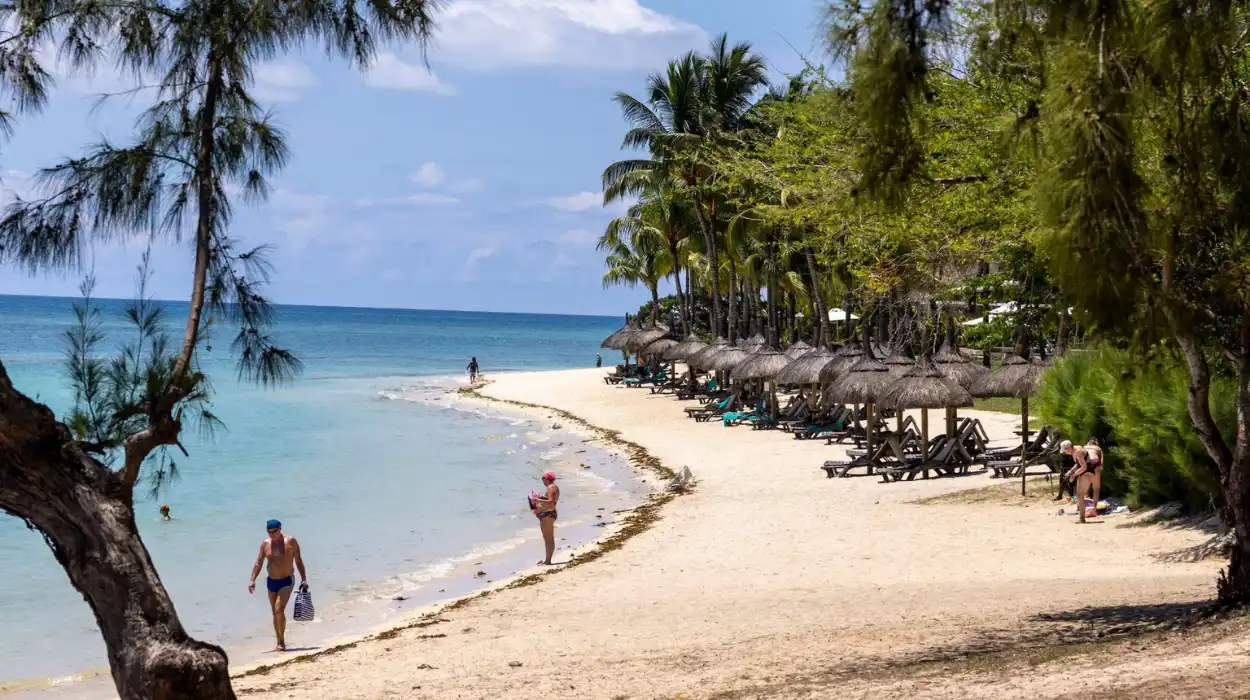Moldova’s Political Landscape: Challenges and Opportunities in 2023

Introduction
Moldova, a small Eastern European country bordered by Romania and Ukraine, has been increasingly in the global spotlight due to its complex political dynamics and socio-economic challenges. As of 2023, understanding Moldova’s political landscape is particularly significant, given its aspirations for European integration, the effects of regional tensions, and the ongoing impacts of the COVID-19 pandemic. This article examines these key issues, shedding light on why Moldova’s situation is relevant for both local and international observers.
The Current Political Climate
In the wake of the 2021 presidential elections, Moldova has experienced a shift towards pro-European leadership under President Maia Sandu. Her administration has prioritised reforms aimed at combating corruption, enhancing the judiciary, and improving governance. Despite these efforts, the government has faced substantial challenges, including economic strain exacerbated by rising energy prices and the ongoing conflict in neighbouring Ukraine. Moldova is now also grappling with an influx of refugees from Ukraine, further straining its resources.
European Aspirations
Moldova’s desire to strengthen ties with the European Union remains a central tenet of Maia Sandu’s strategy. In June 2022, the EU officially granted Moldova candidate status, marking a crucial step towards potential EU membership. This move has received broad support within the country; however, it also faces resistance from pro-Russian factions, who argue that closer ties with the EU could lead to increased instability. The country’s pro-European government is actively working to navigate these opposing forces while seeking to solidify its international standing.
Social Dynamics and Challenges
Socially, Moldova remains divided, with a significant portion of the population still supportive of pro-Russian policies. In recent months, protests have emerged, primarily fuelled by rising costs of living and dissatisfaction with government reforms. These protests reflect the underlying tensions between those yearning for Western integration and those favouring relations with Russia. Nevertheless, the Sandu administration continues to advocate for human rights advancements and anti-corruption measures, showcasing its commitment to European values.
Conclusion
As we look ahead, Moldova’s political situation is likely to remain fluid, influenced by both internal and external factors. The country’s journey towards EU integration presents a double-edged sword; while it offers the promise of development and stability, it also invites a counter-reaction from pro-Russian elements. For observers and investors alike, Moldova represents both a land of opportunity and a region shrouded in uncertainty. Understanding these dynamics is essential, as the choices Moldova makes in the coming years will significantly influence not only its future but also the broader geopolitical landscape of Eastern Europe.
You may also like

Boris Johnson: A Look at His Current Political Landscape

Recent Developments Involving Jacob Rees-Mogg
